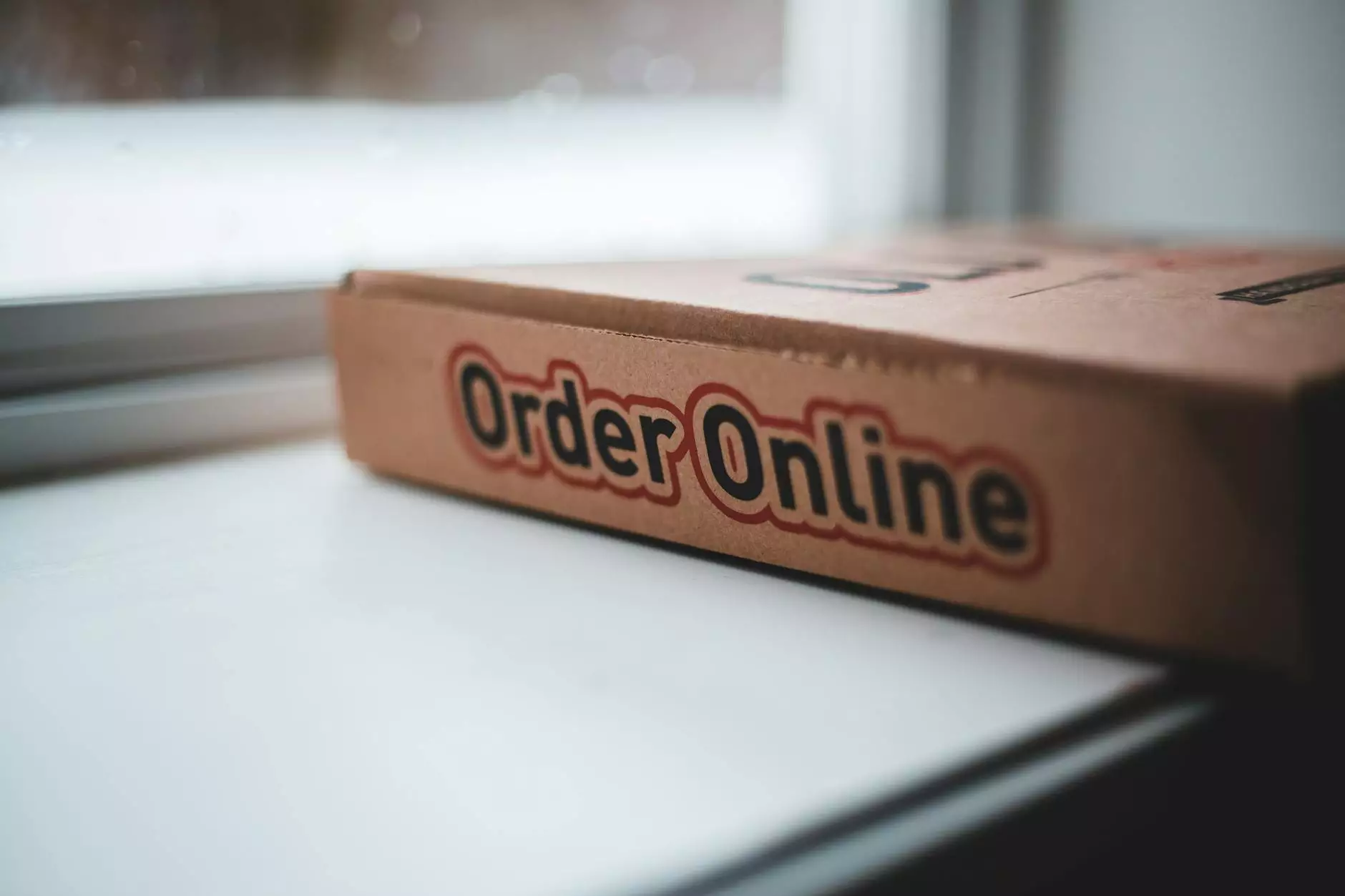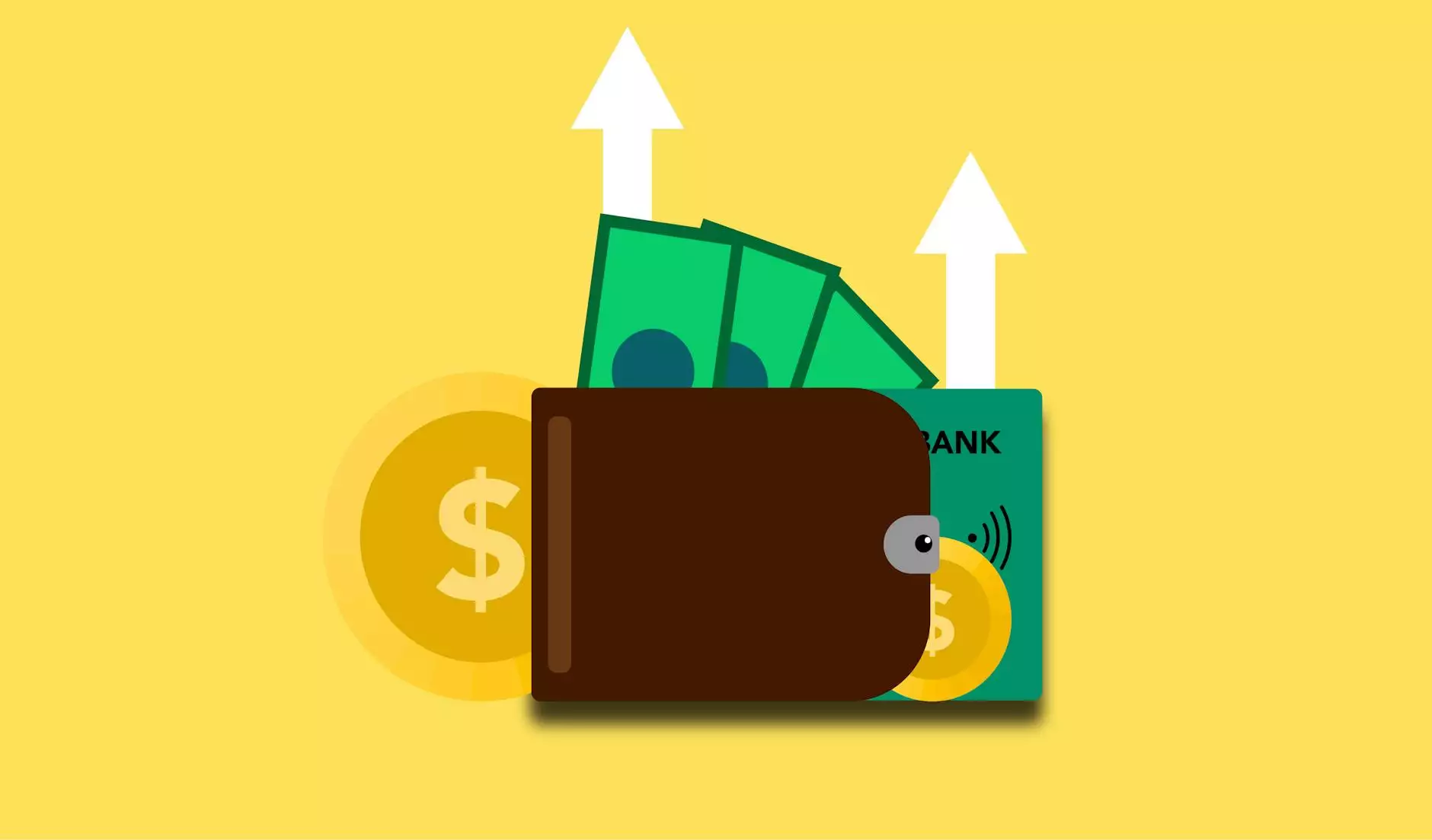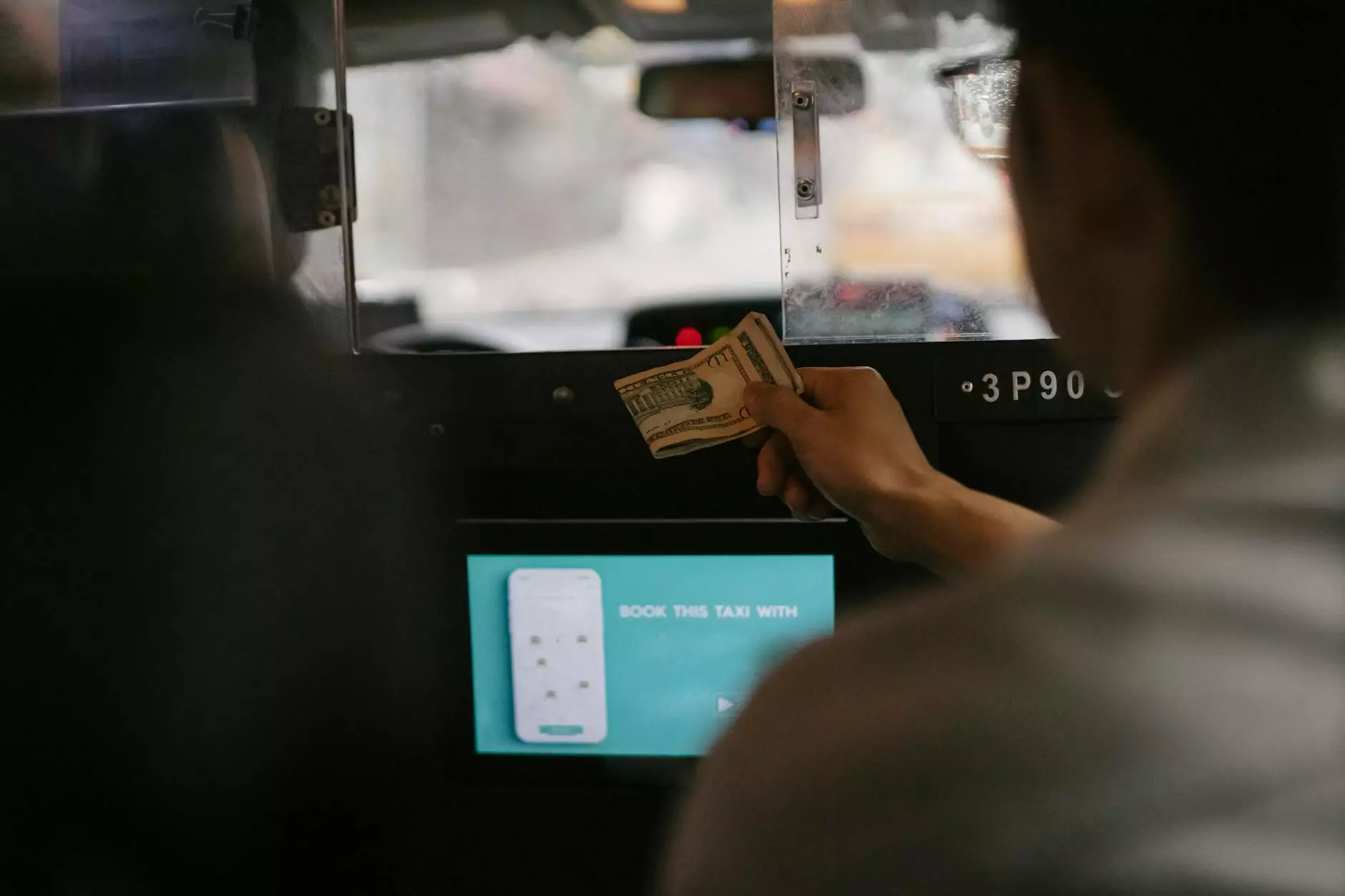Online Food Delivery Business Plan - A Strategic Guide
Blog
The Growing Demand for Food Delivery Services
In today's fast-paced world, the demand for food delivery services has skyrocketed. With people becoming increasingly busy and looking for convenience, the online food delivery industry has seen remarkable growth. This presents a great opportunity for entrepreneurs looking to start their own online food delivery business.
Understanding the Online Food Delivery Market
Before diving into the business plan, it's essential to have a clear understanding of the online food delivery market. This market includes various players such as restaurants, food delivery aggregators, and independent delivery services. Assessing the current landscape will help you identify gaps and opportunities to differentiate your business.
Market Research and Analysis
To succeed in the online food delivery industry, thorough market research and analysis are vital. Analyze the local market, competition, consumer behavior, and trends. Identify target customer segments, their preferences, and pain points. This information will shape your business strategy and marketing efforts.
Building Your Online Food Delivery Business
1. Define Your Business Model
Start by defining your business model. Are you aiming to build an independent food delivery platform or partner with existing restaurants? Will you offer delivery services only, or also provide meal preparation? Clearly define your value proposition and unique selling points.
2. Developing a User-Friendly Website and Mobile App
A user-friendly online platform is essential for your food delivery business. Invest in developing a website and mobile app that offer seamless browsing, ordering, and payment experiences. Ensure your platform is optimized for mobile devices, as the majority of people use their smartphones to order food.
3. Building a Strong Restaurant Network
Forge partnerships with local restaurants to offer a wide variety of food options to your customers. Build relationships based on trust and quality, ensuring timely delivery and seamless coordination. Consider onboarding popular and niche restaurants to cater to different customer preferences and dietary requirements.
4. Efficient Delivery Operations
Implement efficient delivery operations to deliver food promptly and maintain customer satisfaction. Invest in a reliable fleet management system and hire experienced delivery personnel. Track deliveries in real-time to provide accurate ETAs to customers and handle any unforeseen challenges efficiently.
5. Effective Marketing Strategy
Strengthen your online presence through effective digital marketing strategies. Utilize search engine optimization (SEO), social media marketing, content marketing, and paid advertising to reach your target audience. Create engaging content and offers to attract and retain customers.
Ensuring Customer Satisfaction and Loyalty
1. Quality and Consistency
Ensure that the quality of food and service remains consistently high. Collaborate closely with your restaurant partners to maintain quality standards. Conduct regular customer surveys and obtain feedback to identify areas for improvement.
2. Personalized Customer Experience
Focus on delivering a personalized customer experience to differentiate yourself from competitors. Leverage customer data to offer tailored recommendations and promotions. Implement a loyalty program to reward recurring customers and encourage referrals.
3. Customer Support and Feedback
Provide excellent customer support through multiple channels such as phone, email, and live chat. Promptly address any customer concerns or issues that may arise. Actively seek customer feedback and use it to improve your services continuously.
Scaling and Expanding Your Online Food Delivery Business
1. Enhanced Technology and Infrastructure
As your business grows, invest in enhancing your technology infrastructure to support increased order volumes, efficient delivery logistics, and data analytics. Continuously monitor and optimize your platform to ensure a smooth user experience.
2. Geographic Expansion
Consider expanding your food delivery business into new geographic locations. Analyze market potential, competition, and local preferences before entering a new region. Adapt your offerings to meet the unique demands of each new market.
3. Strategic Partnerships
Explore partnerships with complementary businesses such as grocery stores, meal kit providers, or event organizers. Collaborating with synergistic entities can help you expand your customer base and offer additional services.
4. Continuous Innovation
Stay ahead of the curve by continuously innovating. Keep an eye on emerging technology trends in delivery logistics, mobile platforms, and customer engagement. Experiment with new features, services, and delivery models to cater to evolving customer needs.
Conclusion
Starting and growing an online food delivery business requires careful planning, execution, and dedication. By understanding the market, building a user-friendly platform, prioritizing customer satisfaction, and constantly improving, you can position your business for success. Embrace innovation and adapt to changing customer preferences to stay ahead of the competition. Remember, quality content and strategic SEO are vital to ensure your website ranks highly on Google and attract organic traffic. Good luck on your journey to establishing a successful online food delivery business!










